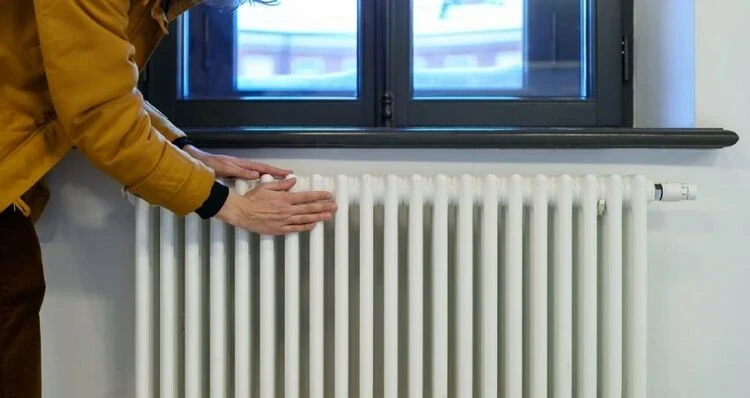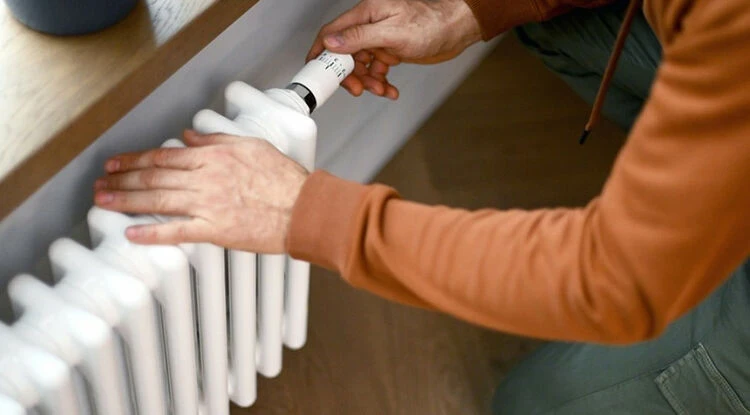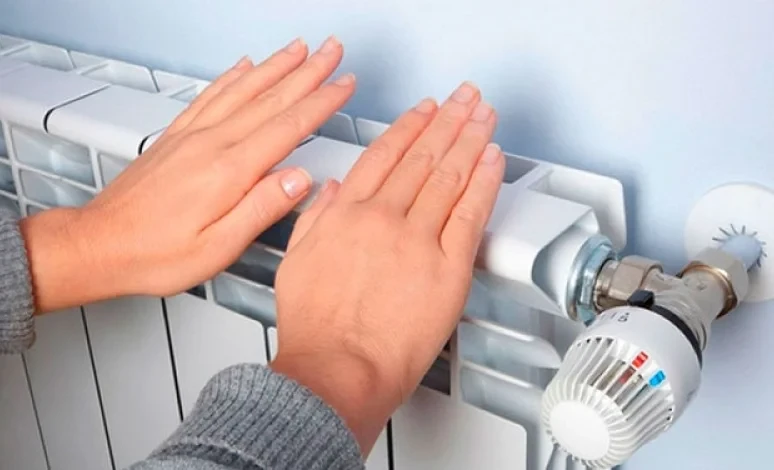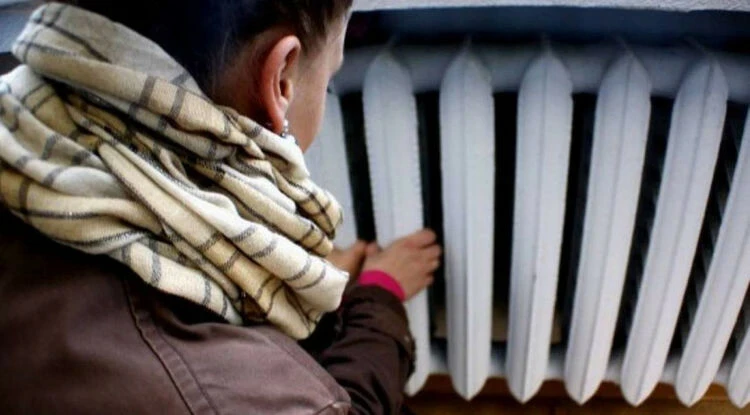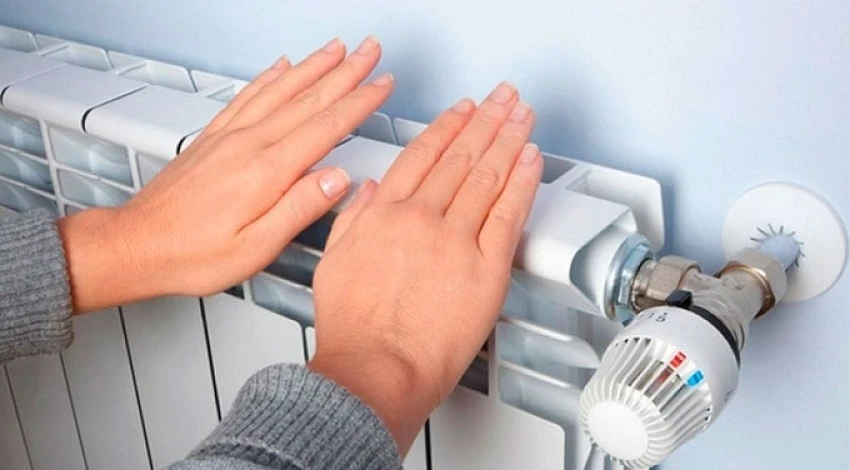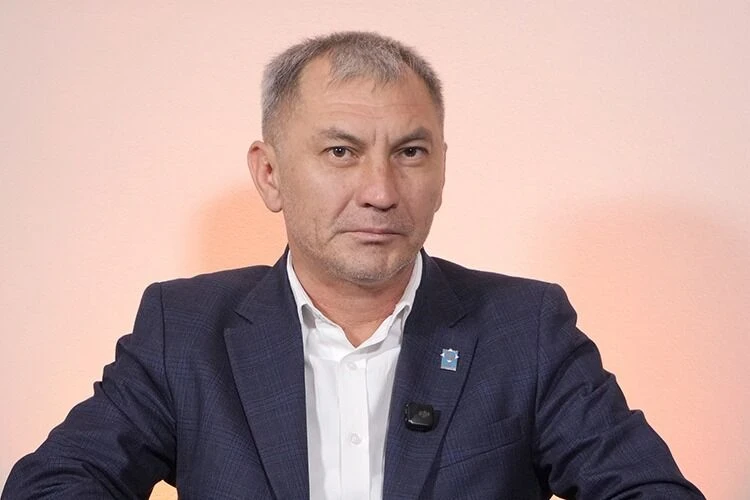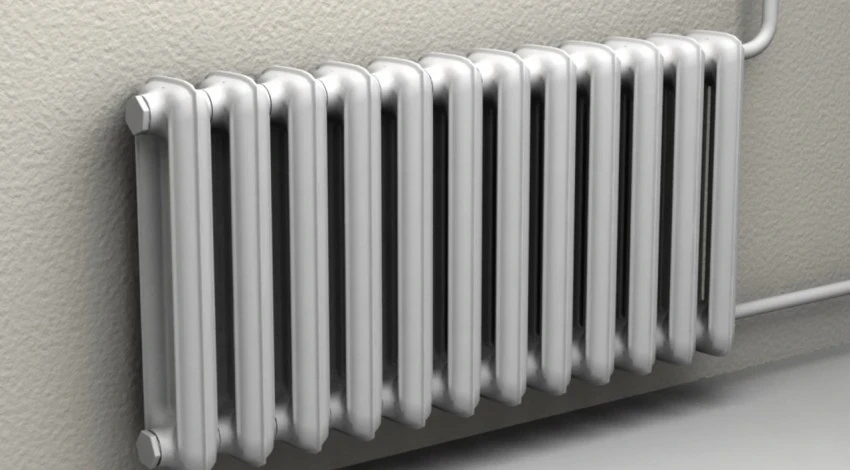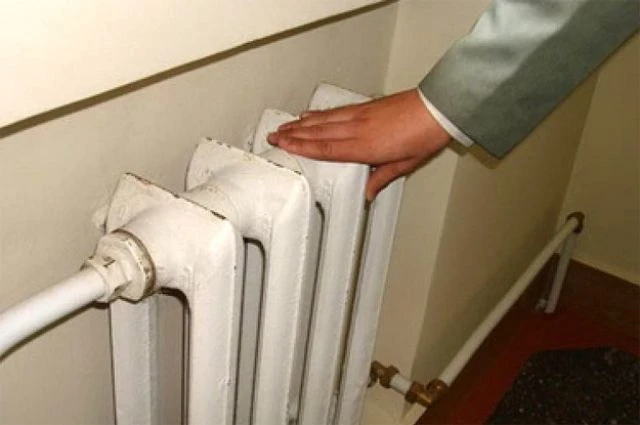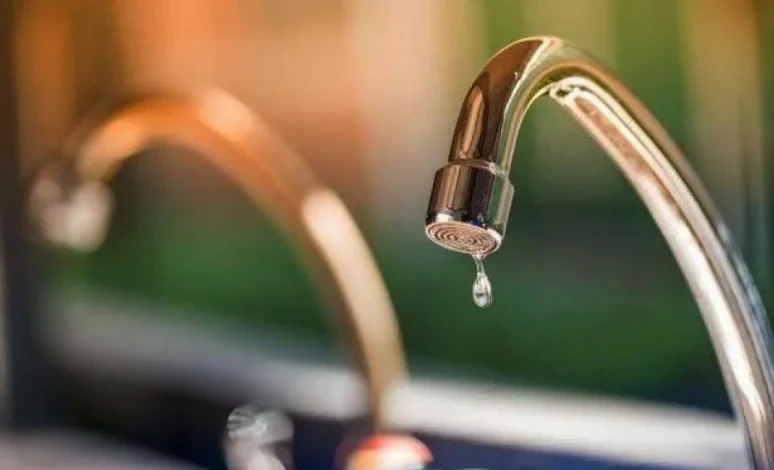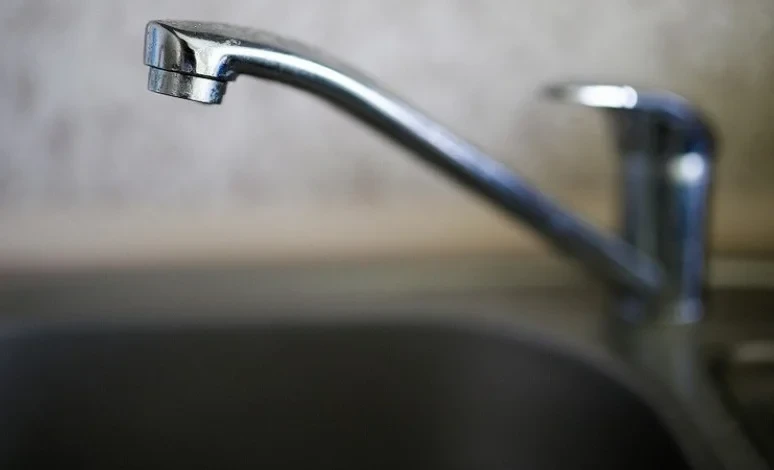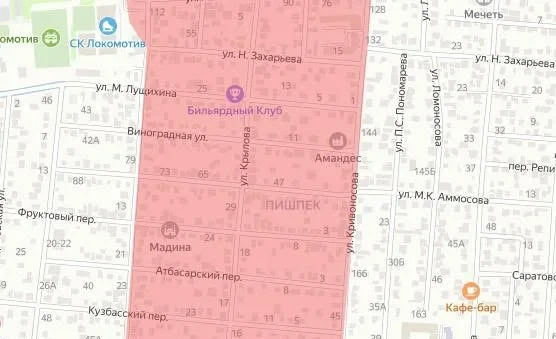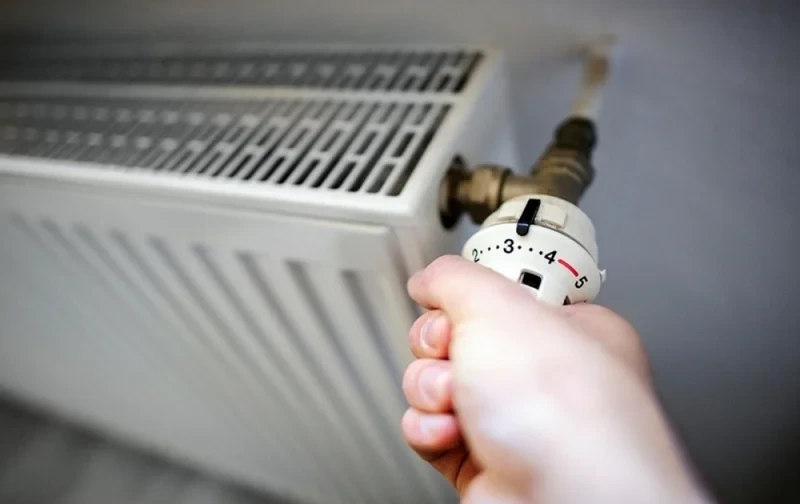
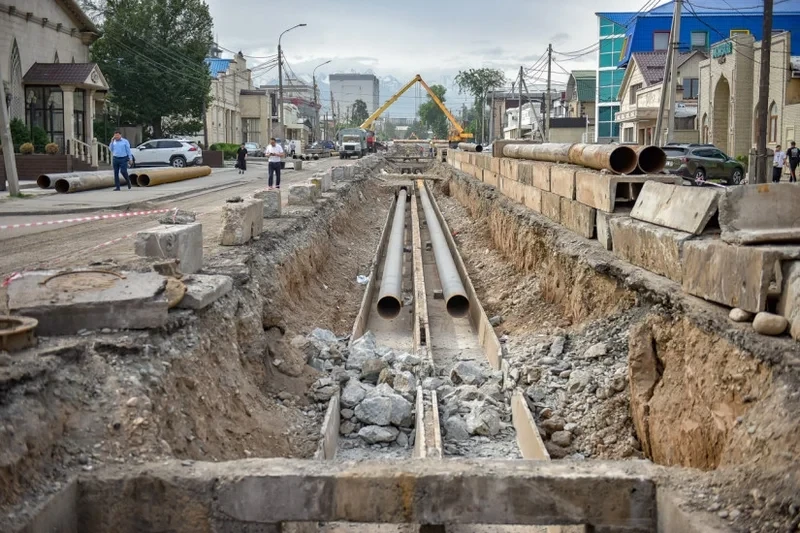



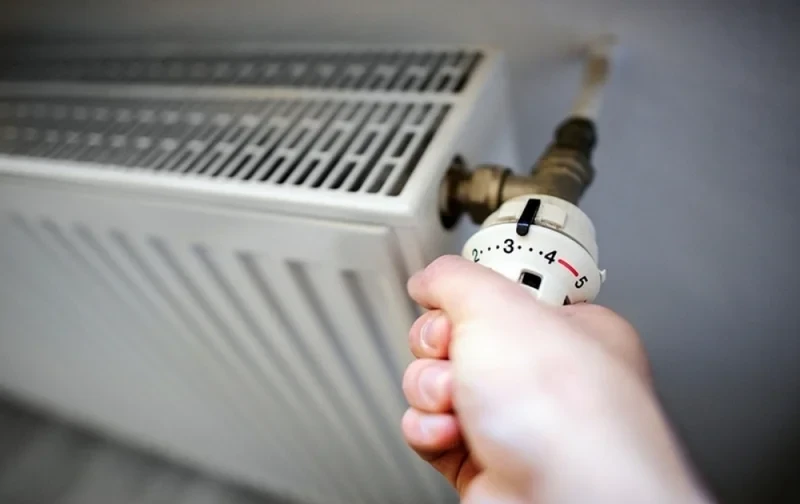
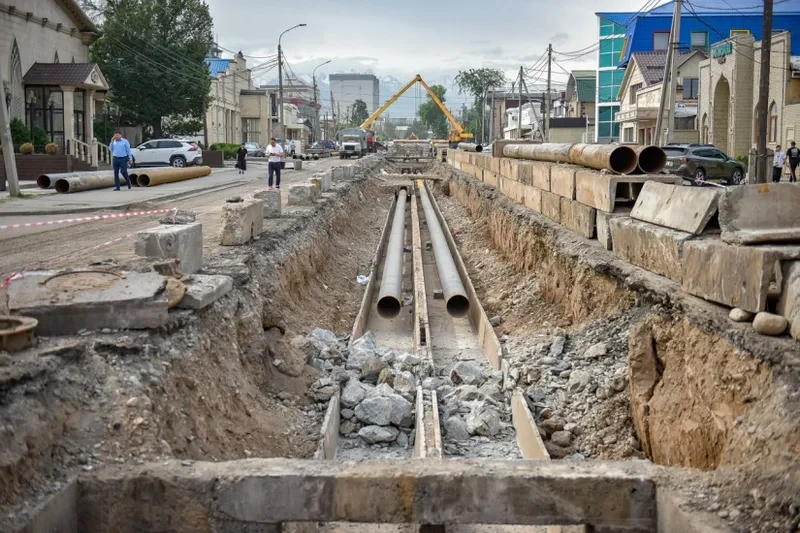


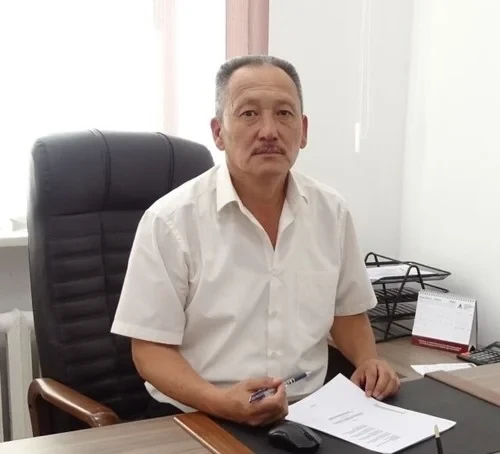
The heating supply in Bishkek started on November 3 of this year. Despite the past week, residents continue to express dissatisfaction regarding the quality and availability of heat.
Some city dwellers report that heating is only present in one room, while it is completely absent in others. There are also technical problems, such as pipe bursts.
This raises the question: was the capital fully prepared for the heating season, and when will the heat reach all apartments?
The agency "Kabar" reached out to the municipal enterprise "Bishkekteploset" for comments on these issues.

“Such a volume cannot be covered in one or two days. Overall, the heat supply to the facilities was completed on November 6. However, technical malfunctions occur in certain areas — for example, pipe or radiator bursts. In some apartments where old radiators were installed, they break after the heat is supplied. In such cases, the heat is temporarily turned off to carry out repairs, and then the system is restarted. This, of course, takes time. There are also situations where residents are absent, and the radiators in their apartments need to be bled. If the owners are not present, the system cannot operate at full capacity, and we have to locate them through the housing committees. Therefore, ensuring stable heating throughout the city takes some time,” he noted.
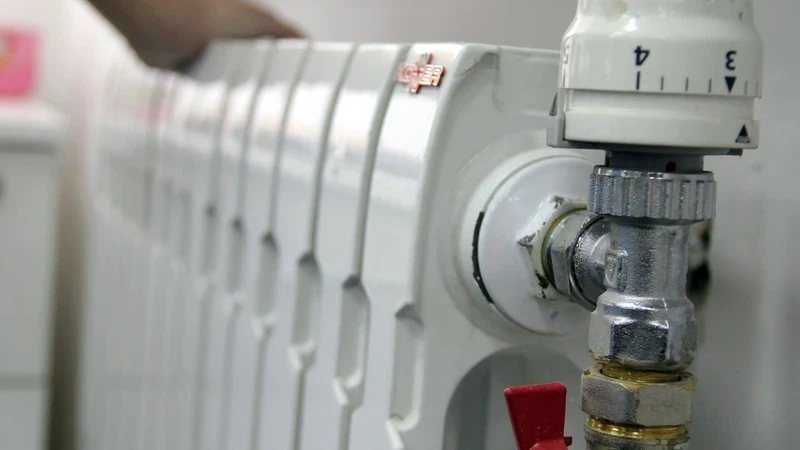
“If there is heat in one room but not in another, it indicates that heat is being supplied, and the problem lies within the apartment's system. To address such issues, duty engineers work in each of the four districts of Bishkek. All requests are recorded in the call center and entered into the database. If a request is not resolved in a timely manner, measures are taken against those responsible. The heat supply in Bishkek is carried out in two stages: first, the main pipes are filled, and social facilities are connected, then malfunctions in the internal systems are addressed. The second stage began on November 6. In the first few days, there were over 100 requests, but now there are fewer than 30 per day. We expect that all problems will be resolved by the end of the week,” he added.

“Some equipment cannot be turned off in winter, so all repair work is done in summer. The CHPP is responsible for repairing its installations, while 'Bishkekteploset' handles its equipment. In summer, when hot water is turned off for 40 days, we use this time for repairs and replacement of worn-out equipment. Problems that arise in winter are recorded and addressed in summer sequentially.
After repairing pipes, hydraulic tests are mandatory — water is passed through them under high pressure to identify weak points. This is a mandatory procedure. After that, defects are eliminated or pipes are replaced. But the question arises as to why malfunctions are manifesting now. Today, the degree of wear of the equipment is 69.2%.
From the 1990s to the 2000s, that is, for about 10–15 years, updates were practically not carried out. Only in the last 3–4 years have renewal efforts intensified. The total length of the main pipes is about 480 km. If 20–25 km were updated annually, the system could be completely replaced. However, due to financial constraints, only 7–10 km can be replaced per year. At the current pace, the resolution of problems will occur gradually,” he concluded.

